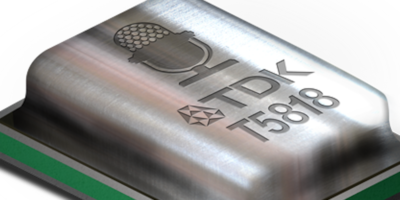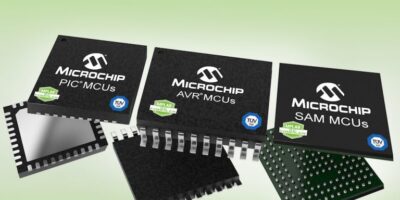Miniature Atomic Clock (MAC) technology by Microchip has been enhanced to deliver wider temperature range and rapid warm-up time, says the company, as it introduces the MAC-SA5X miniaturised rubidium atomic clock
To meet demand for a small footprint atomic clock, Microchip Technology claims to have developed the industry’s highest performance atomic clock for its size and power. The MAC-SA5X miniaturised rubidium atomic clock also delivers a wider thermal range, critical performance improvements and other enhancements over previously available technology, says Microchip.
The MAC-SA5X produces a stable time and frequency reference that maintains a high degree of synchronisation to a reference clock, such as a GNSS-derived signal. Its combination of low monthly drift rate, short-term stability and stability during temperature changes allow the device to maintain precise frequency and timing requirements during extended periods of holdover during GNSS outages or for applications where large rack-mount clocks are not possible.
It operates over a wide temperature range of -40 to +75 degrees C and has been designed to achieve atomic stability performance by taking less time to lock compared to some of the existing clock technology. In an aircraft application, for example, these attributes enable faster power up of critical communication and navigation systems in extreme climates, Microchip says.
The MAC-SA5X allows system developers to avoid the need for extra circuitry by integrating a one pulse per second (1PPS) input pin for fast frequency calibration, saving time and development cost. The MAC-SA5X has the same footprint as previous MAC-SA.3X miniature atomic clock technology for ease of transition to the newer, higher performance device.
Designed and manufactured in the USA, the MAC-SA5X operates to less than 5.0E-11 frequency stability over operating temperature; less than 5.0E-11 per month aging rate, 6.3W consumption and is 47 cc in volume. It is supplied in an ovenised crystal oscillator (OCXO)-sized package measuring 50.8 x 50.8mm.
The MAC-SA5x family of atomic clocks is supported by evaluation kit 090-44500-000. The MAC-SA5x atomic clock is available now for pre-sampling and will be available for deliveries in February 2020, with technical support services and an extended warranty from Microchip.







